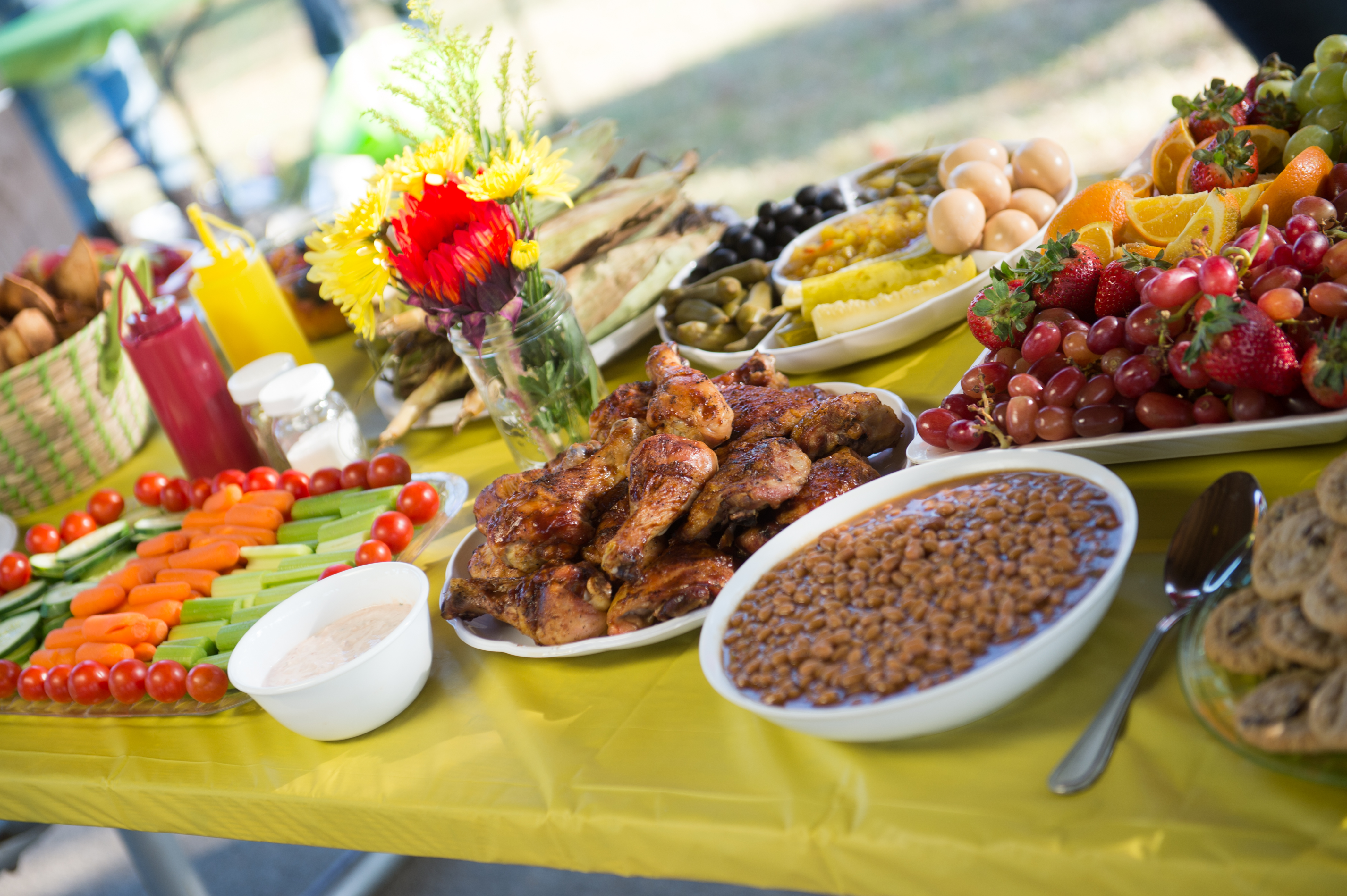


It’s stirred in toward the end of cooking to give everything from pots of lentils to braised meats more body, depth of flavor, and earthiness.
Shrook favorite food plus#
Then there’s picada, a paste pounded in a mortar from garlic, parsley, and almonds or hazelnuts, plus maybe saffron or even chocolate (in its ancient guise as a spice). It’s not a sauce but the flavorful foundation on which countless dishes are built. There are other defining signatures of Catalan cooking, like sofregit - a sweet pulp of onions and tomatoes patiently cooked down in olive oil. They’re combined by Catalan cooks in all sorts of unique ways, stewing the mar i muntanya (sea and mountains) or the dolç i salat (sweet and savory) together in the same pot. Bordered to the north by the Pyrenees Mountains and France, to the east by 360 miles of Mediterranean coast, and with an interior of farmland and agricultural plains, the region’s products find their way into Barcelona’s markets, and ultimately, its kitchens. This cuisine is much more than a coastal one. “A country’s cuisine is its landscape in a pot,” goes a dictum attributed to Catalunya’s foremost food writer, Josep Pla. Still, the cuisine has continued to thrive and evolve as newer waves of immigration from Latin America, North Africa, and around Europe have added another layer of global ingredients and flavors to the Catalan canon. It has survived more recent turbulence, too - in the fall of 2017, Catalunya’s autonomy was suspended, its parliament dissolved, its leaders arrested, and direct rule imposed from Madrid for more than seven months due to the Catalan government’s push for independence from Spain. Even if scarce at times, it was always a constant. Yet Catalan food was neither political nor politicized. And its cuisine continued to absorb influences, especially with the arrival of products from the Americas, in dishes from European chefs working in Barcelona during the 19th century, and from the immigrants from other parts of Spain drawn to Catalunya’s economic prosperity in the 1950s and 1960s as the country grew more industrialized.ĭuring Francisco Franco’s dictatorship (1939-1975), Catalans suffered particularly stringent cultural repression, including the prohibition of their language in public spaces. It would take (with a brief exception around the Spanish Civil War) more than 250 years to get it back.īut over these centuries, the region continued to foster its distinct identity. It wasn’t until the fall of Barcelona in 1714, at the end of the War of the Spanish Succession, that Catalunya lost its long-held autonomy. This cooking was representative of a rich, independent culture that included its own constitution, laws, and political structure, and Catalunya retained these even after the 15th-century marriage of Ferdinand and Isabella joined Aragon and Castile and laid the foundations for a modern, unified Spain. Even then, la cuina catalana - rooted in elements of its Greek, Roman, and Arab past - was highly regarded, with collections of its recipes printed throughout the Middle Ages (the Llibre de Sent Soví, published in 1324, is among the oldest surviving manuscripts in Europe). So that's why is breakfast my favourite meal.From the 12th century, the principality of Catalunya had been in a union with the medieval kingdom of Aragon, and together they controlled a giant swath of the western Mediterranean, including what’s now southern Italy, Sicily, Sardinia, Corsica, Malta, the Balearic Islands, and parts of Greece. But sometimes one of other members of my family prepare breakfast for all. I almost usually prepare breakfast for myself on my own. Our family always has a fruit in basket on the table for breakfast and hole day. Hardlyever I drink tea or homemade juice, too. Than we preparing for each school day in school at distance.įor breakfast I eat a bread spreaded with butter and marmelade or muffins, sometimes also pancakes. Then I go for a walk with Gwen for a half an hour. Than I was having electives and other activities, such as foreign languages and music school.īut of course is different now, because we have school at distance in Germany. My school always starts at 7.30 am and ends at 12.55. I was mostly having breakfast at half past five in the morning when we had to going to school. I alway have it with my parents and twinsis Gwen.


 0 kommentar(er)
0 kommentar(er)
